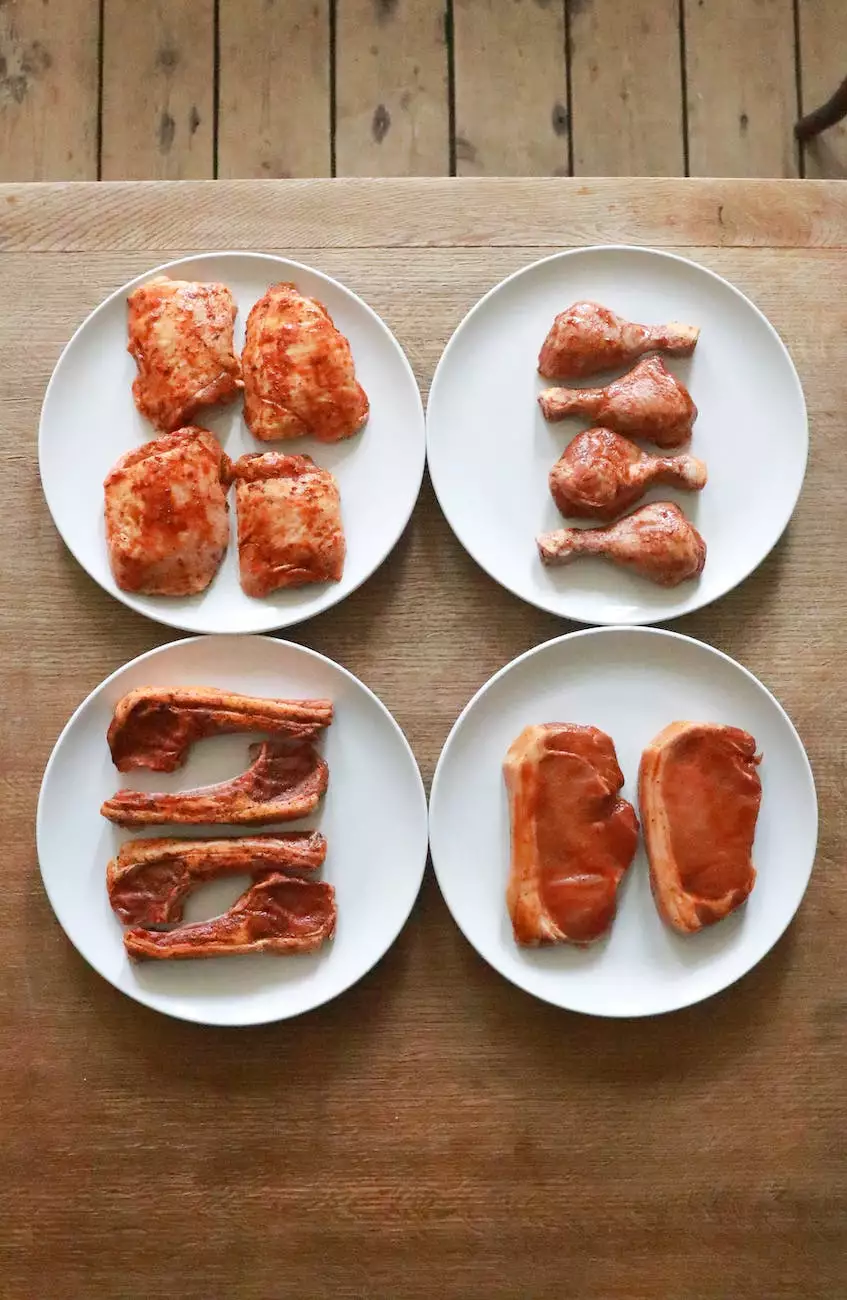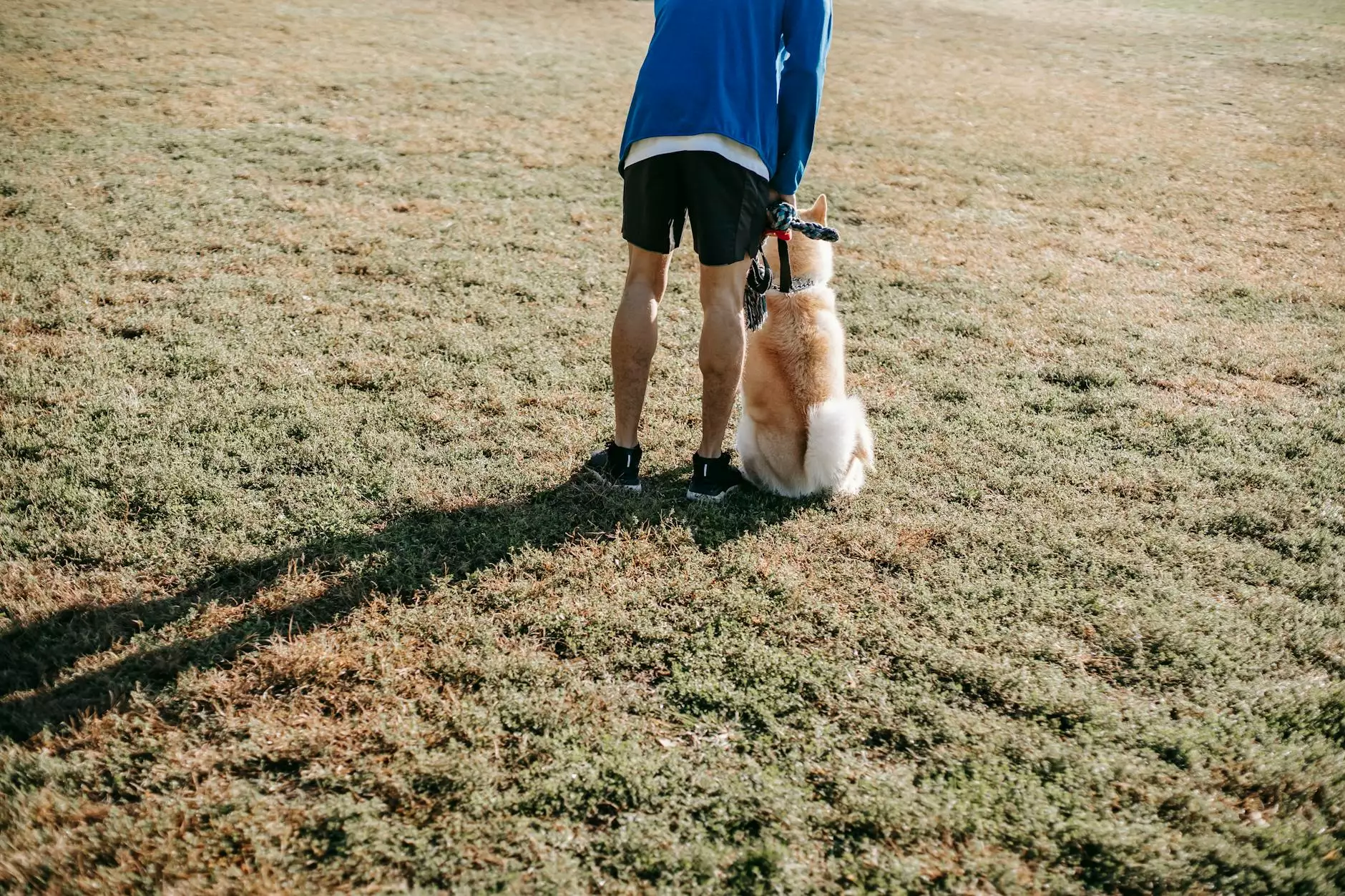Feeding Your Dog Raw Bones - The Upbeat K9
Dog Care
Introduction
Welcome to The Upbeat K9, your go-to resource for all things related to dog nutrition and wellness. In this article, we will delve into the topic of feeding your dog raw bones, discussing the benefits, considerations, and best practices. We understand the importance of providing your furry companion with a wholesome diet, and raw bones can be a valuable addition to their meals if done correctly.
The Benefits of Raw Bones
Raw bones offer numerous benefits for dogs, both physically and mentally. One of the primary advantages is dental health. Chewing on raw bones helps scrape away plaque and tartar, promoting clean teeth and fresh breath. Additionally, the act of gnawing stimulates saliva production, which aids in digestion and reduces the risk of certain oral diseases.
Another advantage of feeding your dog raw bones is the mental stimulation it provides. Dogs have a natural instinct to chew, and offering them appropriate bones satisfies this need. It can help prevent destructive chewing behavior by redirecting their attention to safe and beneficial chewing activities.
Considerations and Precautions
While raw bones offer numerous benefits, it is crucial to approach this practice with caution and take certain considerations into account. First and foremost, ensure that the bones you provide to your dog are safe and appropriate for their size and chewing habits. Large weight-bearing bones, such as femurs or knuckles, are generally suitable for bigger dogs, while smaller breeds may require smaller bones.
Never give your dog cooked bones, as they can splinter and pose a choking hazard or cause internal injuries. Raw bones, on the other hand, are more pliable and less likely to break into sharp shards. Remember to supervise your dog while they chew and discard any bones that become excessively worn down or show signs of splintering.
Choosing the Right Raw Bones
When selecting raw bones for your dog, opt for high-quality sources. Look for bones obtained from reputable suppliers, ideally from grass-fed or free-range animals. Avoid bones treated with preservatives, flavorings, or additives, as these can be harmful to your dog's health.
It's worth noting that some veterinarians caution against feeding weight-bearing bones or bones with marrow due to the potential risk of dental fractures or gastrointestinal obstruction. Consulting with your veterinarian is always a wise decision to determine the most suitable bones for your individual dog.
Feeding Guidelines
When introducing raw bones into your dog's diet, start with smaller portions to gauge their tolerance and ensure they handle them well. It's recommended to supervise your dog during the initial bone chewing sessions to monitor their behavior and prevent any mishaps.
Another essential factor is moderation. Raw bones should be offered as a supplemental treat rather than a primary meal replacement. Too much bone consumption can lead to digestive issues, including constipation or pancreatitis. A general guideline is to offer bones up to three times a week, alongside a balanced and complete diet.
Conclusion
Feeding your dog raw bones, when done correctly and with careful consideration, can provide significant benefits for their dental health and overall well-being. Remember to select appropriate bones, supervise your dog while they chew, and consult with your veterinarian for personalized advice.
At The Upbeat K9, we prioritize your dog's health and happiness. We hope this comprehensive guide has shed light on the topic of feeding your dog raw bones and empowered you to make informed choices for your beloved companion. Stay tuned for more informative articles on dog nutrition and care!









